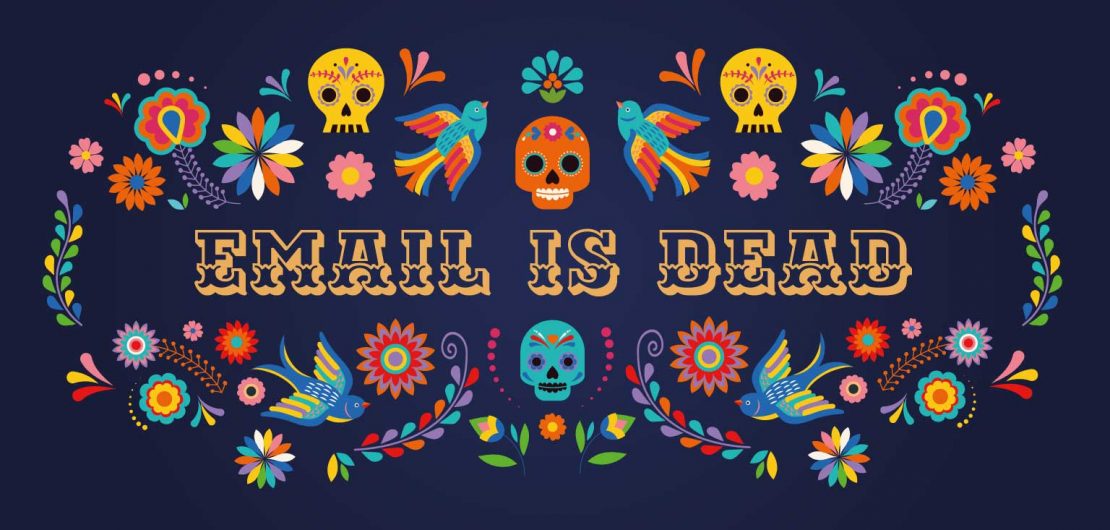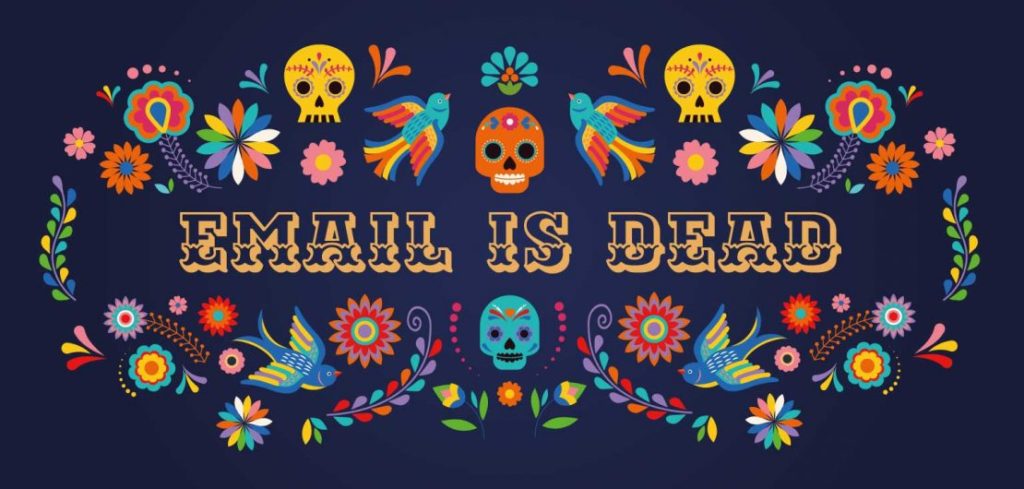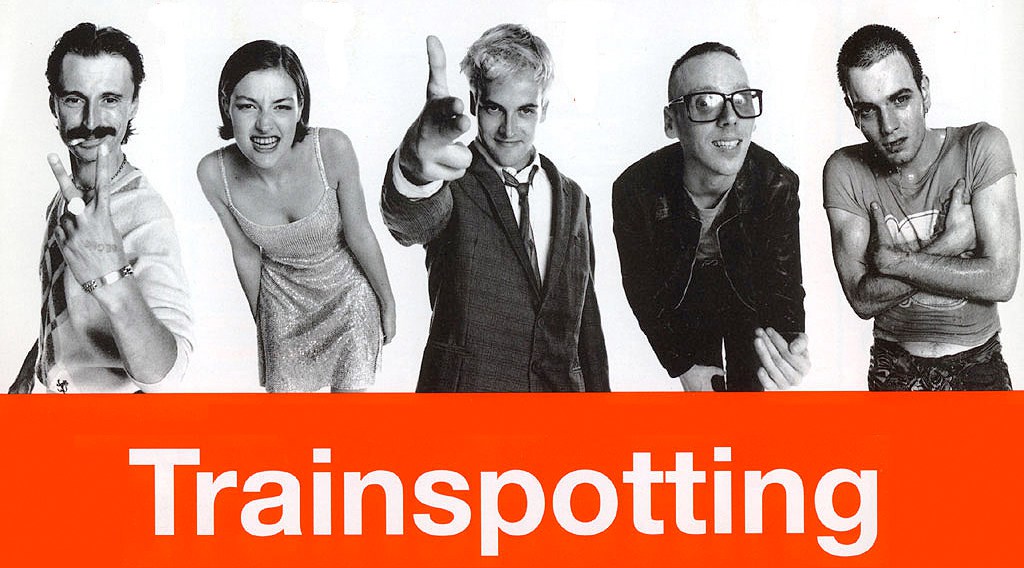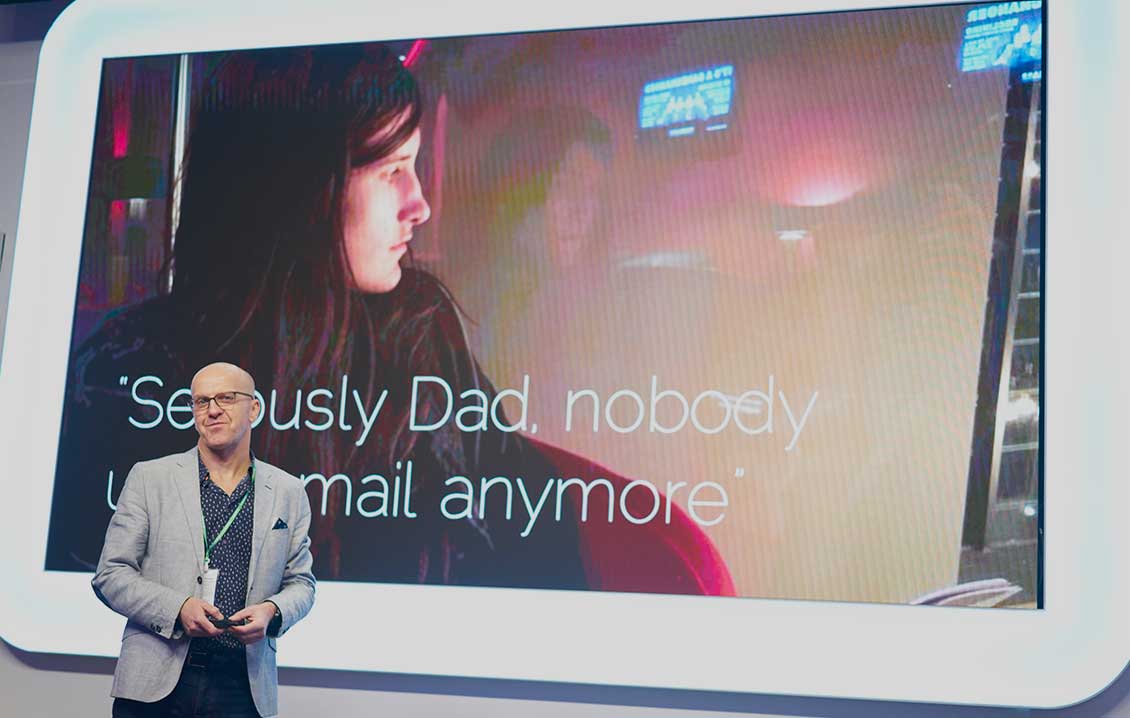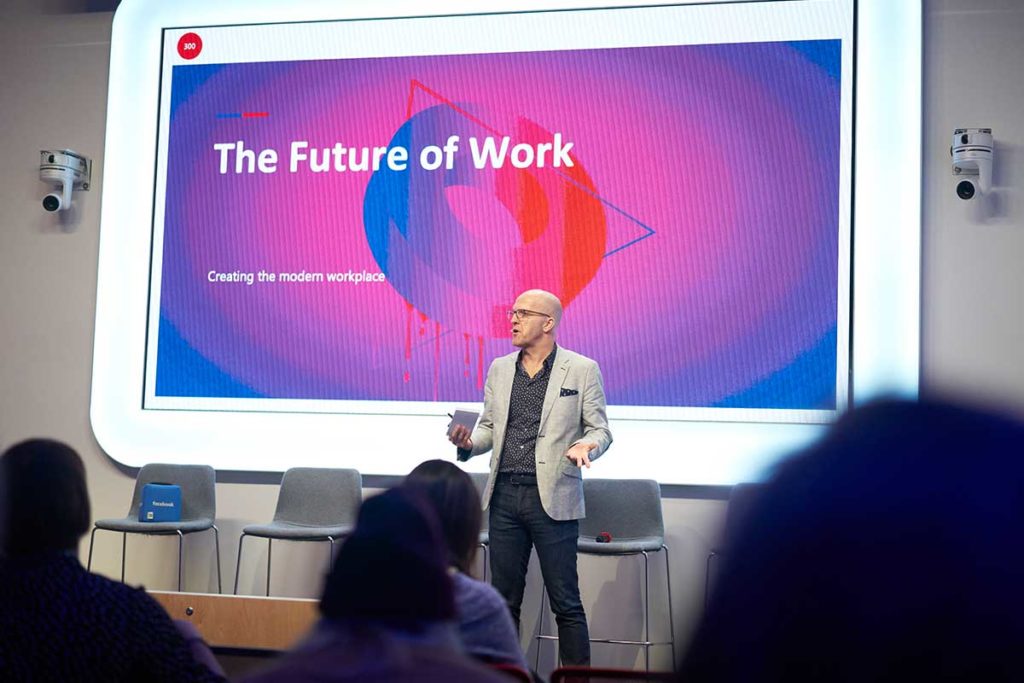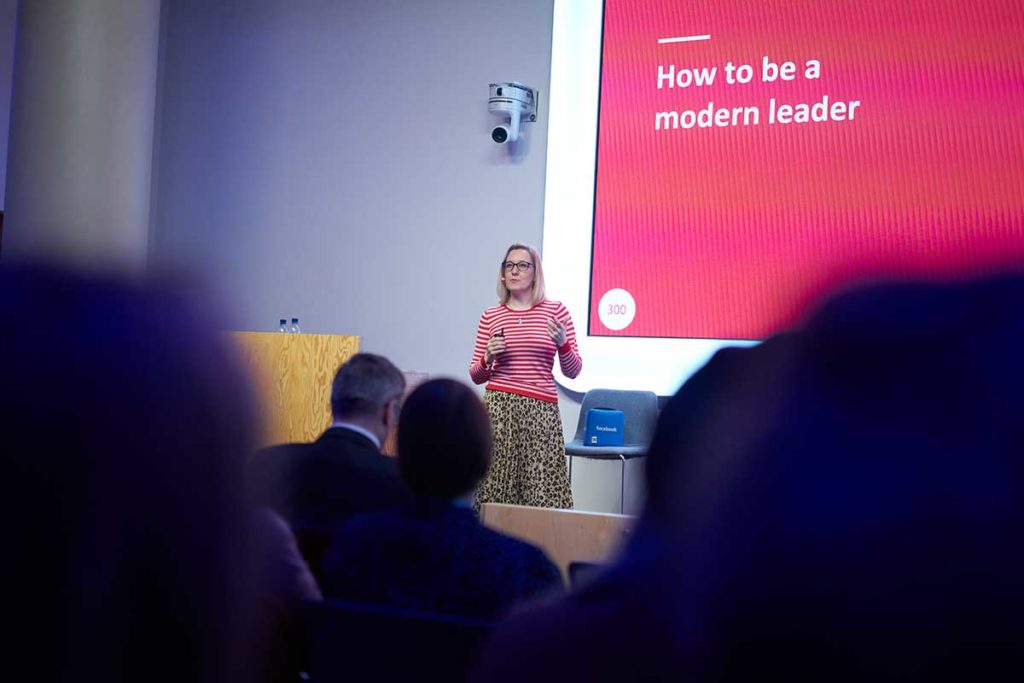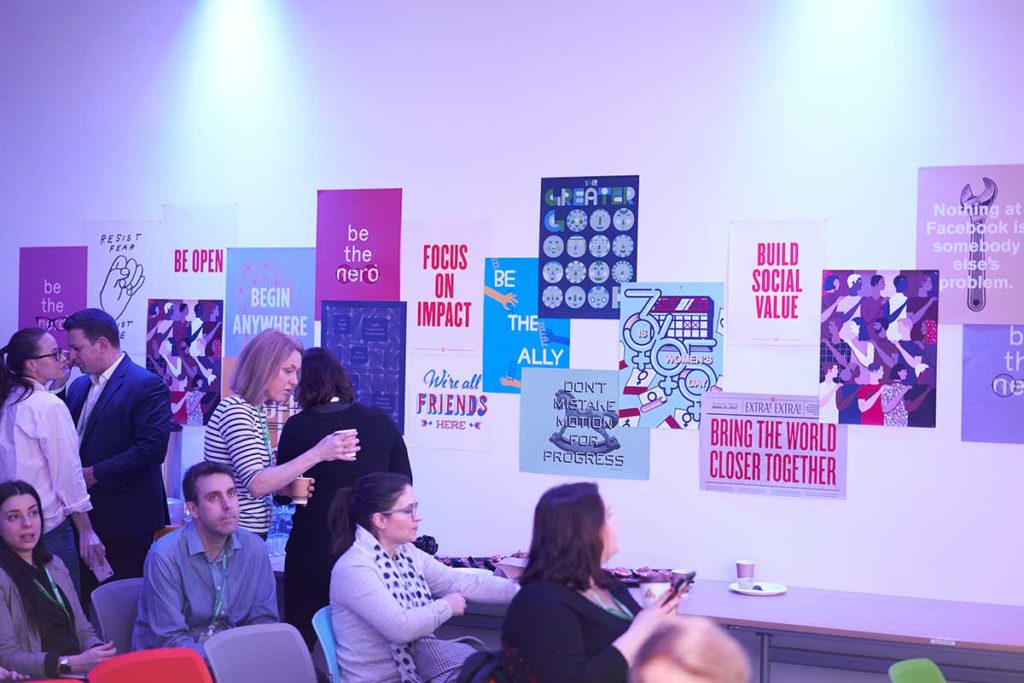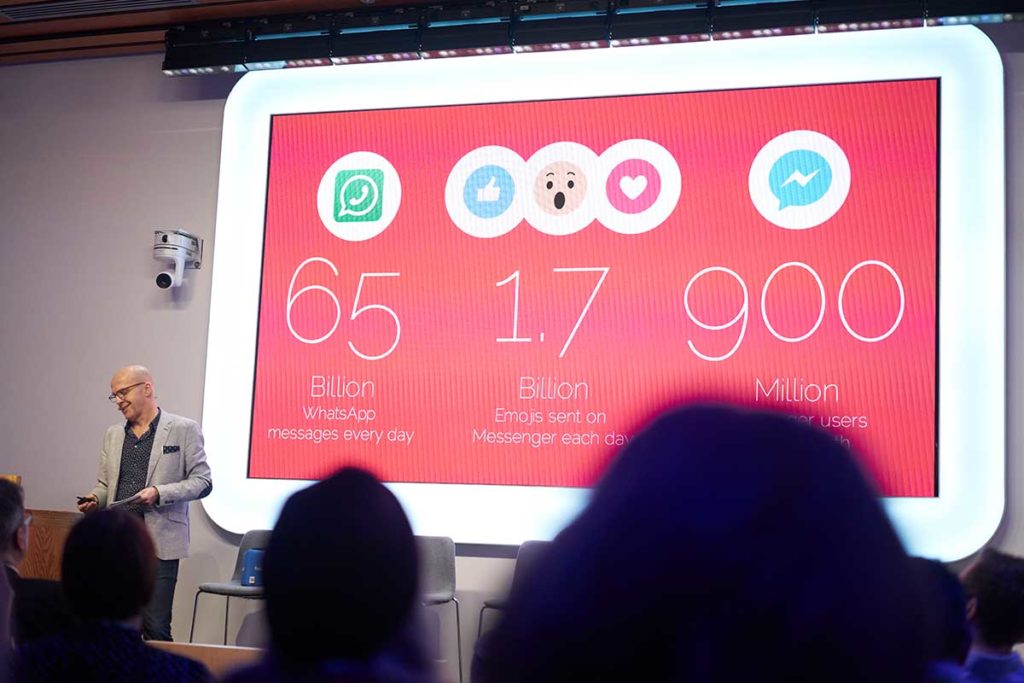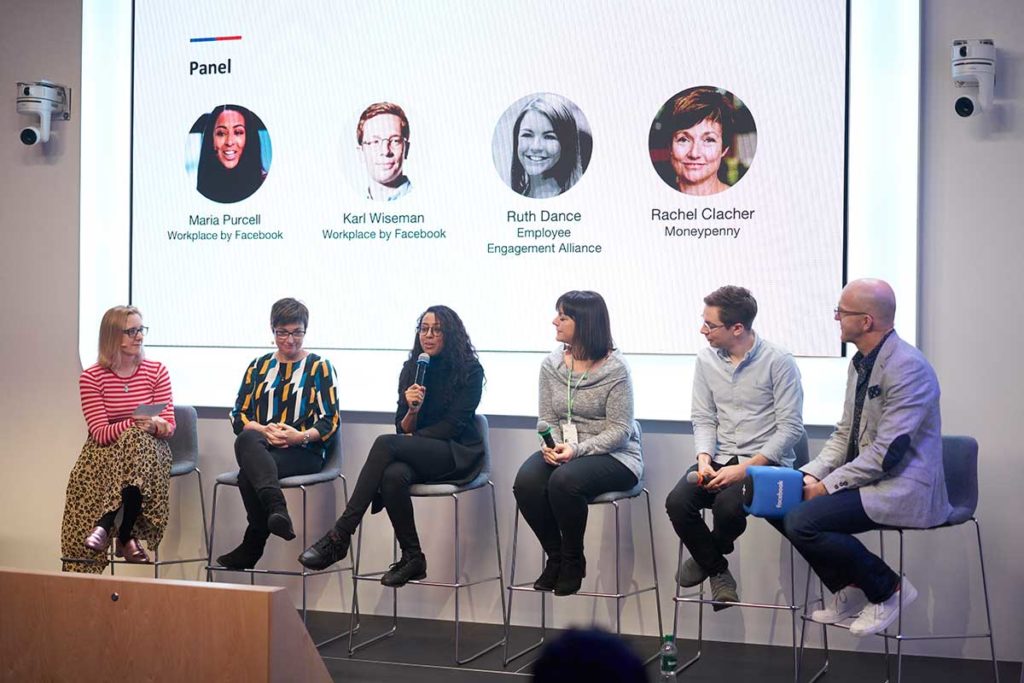
In a world that’s more mobile, more expressive and more open there’s an absolute imperative for us, as leaders, to change the way we’re communicating to respond to what our people need and want.
Why?
Because people want to work for social CEOs/ leaders and engaged workforces have higher productivity, higher revenue and lower absenteeism:
- 27% higher productivity *
- 765 times higher revenue **
- 41% lower absenteeism ***
You can’t afford not to communicate well these days.
But how do leaders communicate in a way that will ensure people prick up their ears and WANT to do what you’ve asked?
In short you need to have TALENT as a leader:
- Trusted
- Authentic
- Listen
- Engage
- Noticed or Be Visible!
- Tell stories
These are the six principles of modern leadership - according to us at 300! 👇
Before you read on, I’d love to talk to you with regards to what your company is doing about helping leaders to be confident, visible communicators across their communications channels. Book a 30-minute insights call in my diary here.
1. Trusted
Trust is the foundation that creates open organisations fit for the future where people feel authorised to use their voice.
The private jet company Vista Jet (of course I use them all the time!) had done all the usual cost reducing exercises but they hadn’t met their stretch targets. They decided to ask everyone in the organisation what else they could do. Suggestions came in big and small. A cleaner working onboard noticed that the full bottles of fancy champagne were rarely finished so they suggested replacing them with the smaller bottles. Job done and a shed load of money was saved.

How the CEO or senior leader decides what they’re going to listen to automatically creates self censorship unless there’s a huge degree of trust. Otherwise people feel worried to put ideas forward.
CEOs only receive a smidge of the ideas they COULD which would aid innovation, cost saving, increase employee engagement and drive greater profitability.
Building trust into your culture and communication is critical, demonstrating that it’s safe to have opinions and suggest ideas.
To do this, using some form of social collaboration platform WELL at work is ideal.
Whether you’re using Workplace from Meta, Slack or Teams - using your collaboration platform the right way creates engaging communication which draws people in, ultimately driving better teamwork and productivity.
At the basic level, the like button itself is a collective form of authorisation. It’s a democratic thing and helps create trust.
Avoid the CEO roast!
Many CEOs and senior leaders are dominating figures who can’t resist ‘shouting’ when people mess up. We largely do this as a projection vehicle of our own fear of incompetence.
But whatever the reason - owning your own imperfections is critical. If you see someone do something unsafe, you need to call it out. But the way you do it is important.
For example - “Hey, I did this unsafe thing too, I drive and speak on the phone. But this is what I learnt.” This is a major trust creating mechanism.
2. Authentic
The more senior you become the harder it is to be authentic because you naturally become removed from people. So you need to be really conscious of closing the authenticity gap.
Unfortunately, those in senior roles often find it difficult to be authentic because they naturally become removed from their people - so you need to be really conscious of closing the authenticity gap.
Leadership vulnerability is a big trend. The idea is when we see someone else’s pain and suffering we see them as human. Like us. It creates a connection vehicle. Vulnerability can be a strength.
The feeling of authenticity is about more than someone filling a role. And it’s not about “I say what I mean.” Which is how many leaders interpret authenticity by being super blunt!
But how do you demonstrate authenticity?
The best way is through spontaneity in your communications as people think this is genuine.
If people feel it’s in the moment they feel very connected and feel they shared a moment with that leader.
You can create the feeling of a small company in a big company by communicating in this way.
For example, well done livestream Q&As, where people can ask on the spot questions and get real answers. Heineken, Virgin and RBS all do them well with a sense of the real leader, RBS’s CEO has a simple mug of tea during the livestream. The best approach is avoiding a glitzy stage managed affair (of course, it’s still managed) but managed in a way that gives a sneak peak into the personalities behind the usual corporate masks.
I’d love to talk to you with regards to what your company is doing about helping leaders to be confident, visible communicators across their communications channels. Book a 30-minute insights call in my diary here.
3. Listen
It’s more imperative than ever that modern leaders listen. To their immediate team and to the wider organisation. Especially as we have new generations of workers who feel authorised to use their voice and want to be empowered to make a difference.
Now, we all know that we SHOULD listen (and most of us would believe ourselves to be great listeners... but the feedback doesn't always demonstrate that!) One of the key reasons we don’t listen properly is because we’re not always paying attention. And it’s getting harder as we’re in shorter supply of attention these days!
So active listening came along to help us really listen, pay attention and ask questions.
The higher up the leadership ladder we go, the more ‘tricks’ we learn that can actually stop us from really listening.
Things like:
Or “that’s a very good point, let me build on that point” And then we say our idea which is completely different!
But we never really get to the bottom of why we don’t pay attention.
So I’m going to let you into a secret!
Here’s what happens in a conversation. When you have an idea you will stop listening. In that moment you are giving into ego and most likely wanting to be clever. So the first thing we need to do is address competitiveness, anxiety and the need to be ‘seen’ just for the sake of it, as that is what really stops us from paying attention.
If we aren’t being listened to our desire to dominate others grows. That permeates through the whole business and impacts the culture.
This is a problem when creating a modern workplace because we generally need to be working in networked teams, collaborating. And that will never happen unless people lose the desire to dominate.
And it’s imperative because in this landscape all your functions who may have worked in silos in the past like IT, HR, marketing and operations need to come together to deliver the open organisations we need.
So listen to those around you...if most of us struggle to listen one on one how on earth do we listen to the wider organisation?
Two way communication is the key - allowing people to like and comment on leadership communications, running polls, asking questions, using Chat bots to ‘ask us anything’ and importantly then responding to those questions and acting on the feedback.
We must listen because listening leads to innovation, drives trust, engagement, retention and ultimately profitability.
For Example, before Craig Kreeger retired as CEO of Virgin Atlantic he had an all company ‘Ask Craig’ group allowing listening at the company wide level, which he answered personally.
And an employee posted on the CEO of Telenor’s timeline saying she had ideas on how to get more women into Technology and asked if he had time for a coffee. He replied with a comment telling her to contact his PA to setup a meeting.
4. Engage
Everyone wants the world to be happy, especially at work. But if you truly think you will engage people by making them feel good it’s our philosophy that you may be doing something wrong.
The last thing the referee says to two fighters before a boxing match is ENGAGE
And the last thing the referee says to the scrum on a rugby pitch with a total of 1000 KG on one side and 1000 KG on the opposing side is ENGAGE…
True engagement is about creating an environment where people are happy to express emotion. True engagement may have an element of confrontation. Letting the frustration out makes for better workplaces.
If people feel safe to express an opinion they thrive. And if company wide communication is genuinely two way then you stand a chance of genuinely engaging people.
As an example, Telenor’s CEO created a Frustrations Group in their collaboration platform. An employee was critical about some of Sigve's comments in an article and posted it in their Frustrations group. More commented and so did Sigve, saying he appreciated them speaking out and invited the two strongest critics to a meeting so he could give his side and hear theirs. It was very successful and cut down issues at source that may have festered and led to people leaving.
So in most organisations we have senior leaders who are massively competitive so don’t listen to each other or anyone else in the organisation. But at the same time hold everyone to rational professionalism and don’t let that emotion out. In the modern workplace we’re saying reduce the competitiveness and then give permission for emotion to be expressed.
The tone and style of your communication matters to create this sort of engaging culture that people want to stay at and do their best work at.
5. Noticed! Or be visible!
Whatever you’re doing, it's not enough! You need to be a visible leader AND your communications need to be noticed by everyone too.
Even in a 25 person business people are desperate to know more about you as a person and as a leader. The leaders I talk to tend to think they’re much more visible than they are.

You’re a flicker in your employees day, so amplifying the face toface with your digital channels is essential these days.
During lockdown John Duffy, the CEO of Finsbury Food Group couldn’t visit any of his sites but he was visible on his internal communication channels, did regular live videos updates and check-ins with the whole company.
When he started visiting again once lockdown restrictions were lifted, he was very surprised that a lot of new front line team members recognised him, knew who he was and commented that they’d seen his updates. He hadn’t had that recognition before lockdown when he visited all the time but didn’t do the digital updates.
Being visible is the holy grail to creating communications that drive real engagement - getting people engaged in the company strategy and their part in achieving it. Ultimately driving productivity and profitability.
6. Tell stories
When we get into a senior position we start to think that everything has logic. And we tend to operate in a really rational framework. But no one really engages in facts and data. It’s stories that really engage people.
I don’t know if you remember The British Museum exhibition - The History of the World in 100 Objects? It was great and I urge you to check out the story of each object here!
You can try an exercise based on this premise yourself - what five objects tell the story of your life? They will tell us the story of who you are. It’s a great exercise to try with your team one on one or you could even use this as a campaign on your social collaboration platform. People get quite emotional and reveal things about themselves you might never otherwise had discovered.
Stories humanise leaders. If we can see ourselves in our leaders we connect, we trust them, we notice what they say more. Those stories create engaging communications that support projects being delivered on time and on budget.
You can tell stories about you, your career journey, your products, your processes!
And think about formats that utilise story telling.
Like plain text emails v a post in a a social collaboration tool
Think about a plain text email for work, it’s usually a dry affair. You need to work hard to make an engaging story out of the usual wall of text.
It can be done but it takes more skill. Companies using ‘post’ style communications with an image or video at the heart of the communication can more easily bring communication to life that inspires action, engagement and increases trust.
Email binds us to certain dry conventions but taking more of a social collaboration approach allows people to participate in the culture, enhancing that sense of belonging which drives retention and productivity.
I’d love to talk to you with regards to what your company is doing about helping leaders to be confident, visible communicators across their communications channels. Book a 30-minute insights call in my diary here.

References
*State of Human Capital - Mckinsey
** State of the American Workplace - Gallup
*** Dan Coyle - Culture Code


